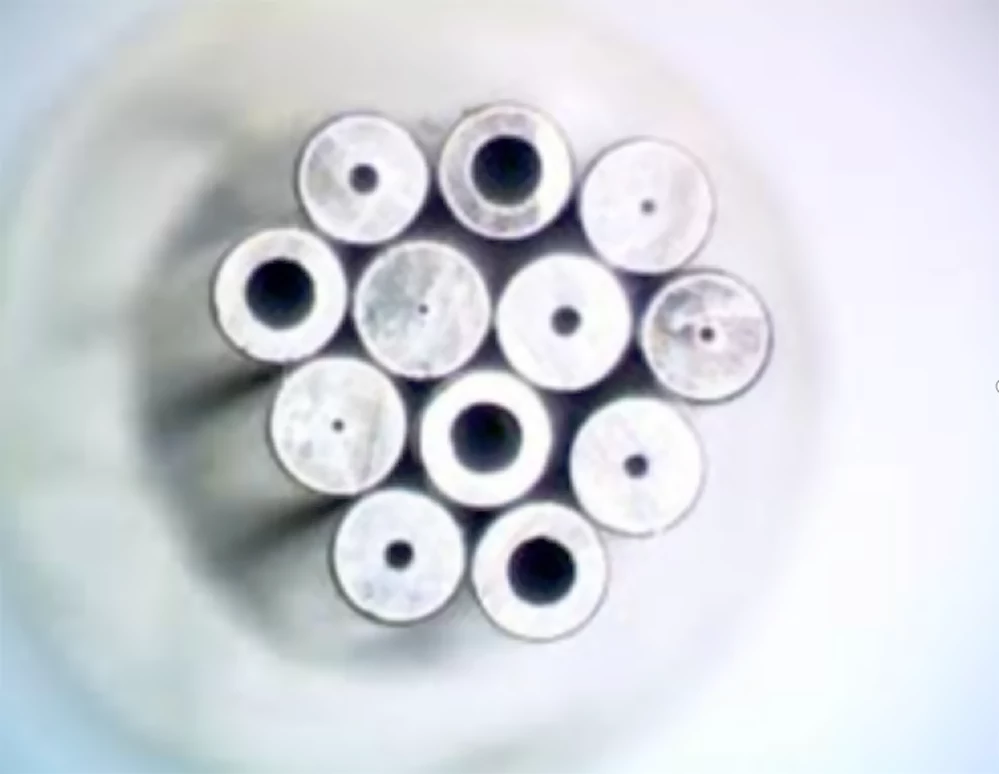A capillary tube is a small diameter tube, typically with an internal diameter ranging from 0.1 mm to 10 mm. They are used in a variety of applications such as precision measurement, liquid transport, filtration, and more.

Capillary tubes are commonly made from a variety of materials such as steel, copper, aluminum, titanium, and more. Among these, titanium capillary tubes are widely used in medical and military applications due to their lightweight, high strength, and corrosion resistance.
In addition to their industrial uses, capillary tubes are also used in the field of biomedicine for applications such as blood flow measurement and cell culture. These applications require high precision and sensitivity, and capillary tubes are well-suited to meet these requirements.
The use of capillary tubes in biomedicine dates back to the 19th century, when they were first used to measure blood pressure. In the early 20th century, capillary tubes were used to study the flow of blood and other bodily fluids in various conditions. Today, capillary tubes are commonly used in a variety of medical applications, including blood glucose monitoring, blood typing, and DNA analysis.
The capillary action, also known as capillarity, is the ability of a liquid to flow in narrow spaces without the assistance of external forces. This property is exhibited by capillary tubes and is exploited in many applications. In a capillary tube, the liquid is drawn up by the forces of cohesion and adhesion, which act on the surface of the liquid. The height to which the liquid rises in the capillary tube is known as the capillary rise.
Capillary tubes are also used in the field of chromatography, which is a technique used to separate and analyze mixtures of chemical compounds. In chromatography, a sample is applied to the capillary tube, which is then placed in a solvent. The different components of the sample are then separated based on their interaction with the solvent, allowing them to be analyzed.
Capillary tubes are also used in the field of fluid mechanics for applications such as flow measurement and flow visualization. In these applications, the capillary tube is used to measure the flow rate of a fluid, or to visualize the flow patterns in a fluid.
Overall, capillary tubes are very important engineering materials that can be used in a variety of fields. Their development has contributed greatly to the advancement of science and technology and the progress of society.





